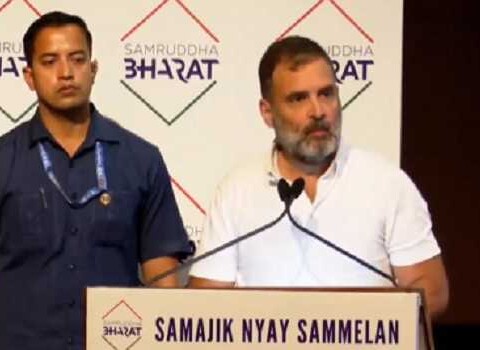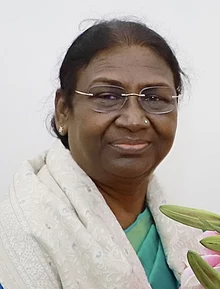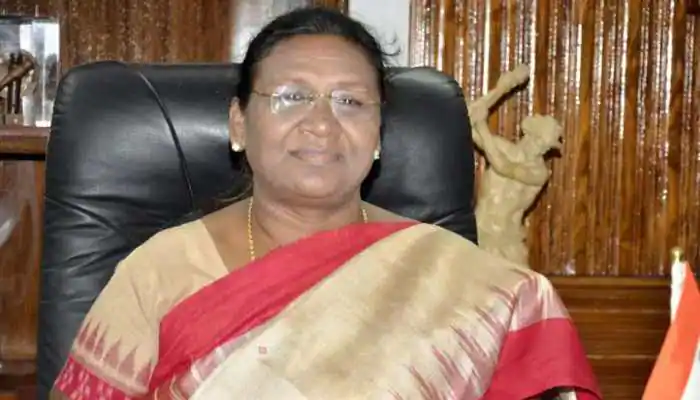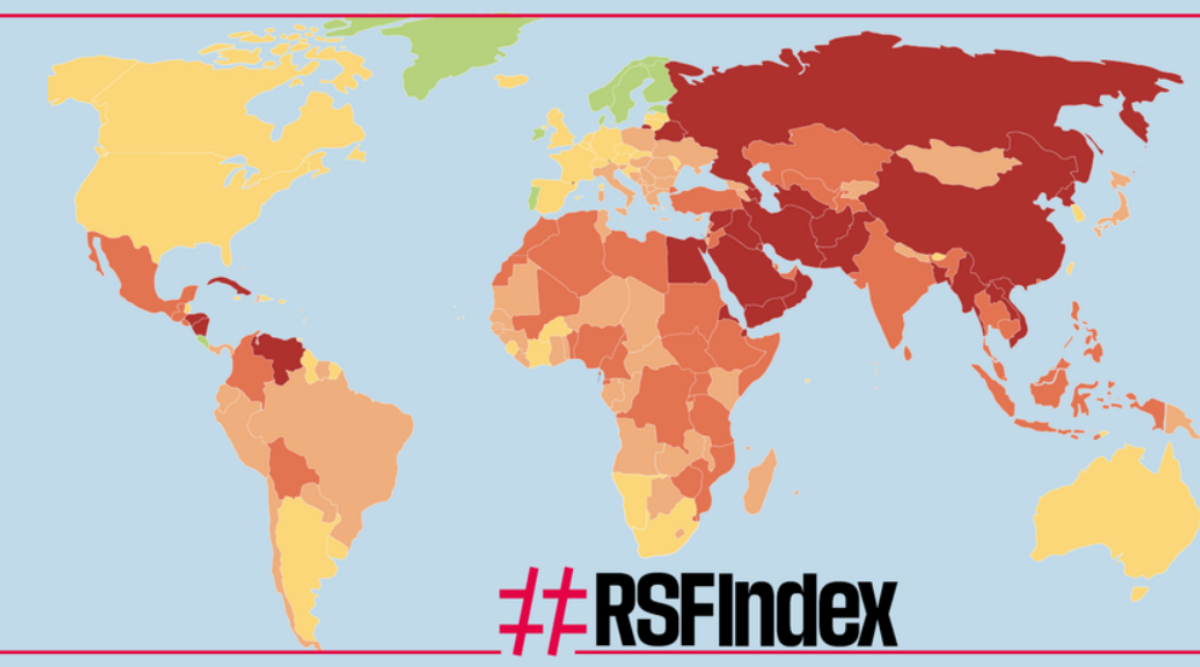Sumera B Reshi
The rape and murder of eight year old innocent Bakerwal girl in Jammu region is another example of isolated, horrific episode of sexual violence in India, perpetrated against a feeble and defenseless girl by brutal and cruel men. Elsewhere in the world, rape has been used as a weapon of war—a tool of political and social subjugation.
Any woman, in any country, will almost certainly be able to relate to the incident of rape. Minor or major, a Hindu or a Muslim, she is not safe inside her home, out in the field, covered or naked. A fear of being molested is always lurking in her like a shadow. In this empowered world, Eve’s daughter is still powerless.
The UN recognizes “rape as a weapon of war” in conflict zones, but in many cases, this declaration is effective only nominally. No action is taken, and there is no relief for victims and survivors of this violence, wrote Allison Harvey in an article published on 1st September 2015 (http://www.hhpronline.org/articles/2016/11/12/un-inaction-and-rape-as-a-weapon-of-war-in-syria).
Kathau, as well as Unnao rape incidents, reinforce how gang rape is one of the means used to revenge. “Rape is a weapon for revenge, suppression and humiliation of lower castes,” says Jagdish Kajla, an activist and member of the Bhagana Kaand Sangharsh Samiti.
“Rape is an extreme consequence of sexual harassment,” said Rachel Jewkes, director of the What Works to Prevent Violence Against Women and Girls global program. But there is a “myriad of behaviors,” as per Jewkes
The fact is that sexual harassment is part and parcel of daily life, particularly in public places, Jewkes believes. “It’s used to curtail a woman’s freedom.” Everywhere in the world, the problem of rape is uniform irrespective of country and culture.
According to the World Health Organization (WHO), 35 per cent of women globally have experienced physical or sexual violence. However, in India, a woman is reportedly raped every 15 minutes and the majority of rape cases still go unreported. The statistics on crime against women is even worse: Every 2 minutes, women in India is a victim of a crime. This ongoing issue with violence against women raises the real and serious question of whether India is truly ready for a seat on the global table.
A study conducted by international charity Action Aid in 2016 found that 44 per cent of women surveyed in India had been molested & groped in public. Moreover, the data from the United Nations Entity for Gender Equality and the Empowerment of Women, reveal that almost four in 10 women have experienced sexual or physical violence from a partner in their lifetime.
Taking a glance at India’s rape statistics, 24,923 rape cases were reported across India in 2012 according to the National Crime Records Bureau. Further, research says only five to six per cent of rape cases are reported and a significant percentage of these rape cases involve revenge.
For instance, in 2015, a khap panchayat in Uttar Pradesh ordered the rape of two Dalit women who were sisters as well because their brother had married an upper caste woman. According to one of the sisters, the woman’s family used to harass them repeatedly and vowed to ruin their honor by raping them. The family alleged that when they contacted the police for help, they were ignored.
Later that year, another case of revenge rape emerged. A 16-year-old girl, whose mother had just won the local election, was gang-raped by her mother’s rivals. When she tried to file a complaint with the police, she was turned away. Soon after, the 16-year-old committed suicide.
On March 16, 2017, there was the news that two minor girls were kidnapped by 13 men and gang-raped in front of their father in Gujarat. This was allegedly an act of revenge against the victims’ brother who had named one of the accused in a bootlegging scam. Figuratively, women’s bodies have always been central to a man’s manliness and an embodiment of honor, and conversely, revenge.
A similar incident happened in Multan, the southern district of Pakistan’s Punjab, where a panchayat ordered that a man could rape an adolescent girl, who was the sister of the man who allegedly raped the former’s sister. This was also a heinous act of rape-revenge where the 16-year-old had to bear the brunt of her brother’s ‘sins’.
The ruthless story of rape didn’t end here. Likewise, an eight year old Bakerwal girl of Kathua also became the scapegoat. Her rape and murder wasn’t only a criminal act rather it was purportedly organized with an objective to browbeat a minority Muslim community in the are

The cardinal aim of this nasty act was to kick out Muslim nomads and Gujjars. The politicians, policemen and even lawyers have attempted, openly and brazenly, to shield the accused in the Jammu region and have long been demanding the removal of Muslim minorities from the area because of the fear of a ‘demographic change’ in the Jammu region and an example of revenge through rape.
This shows the simmering hatred among Hindu’s and Muslims in Kashmir and Jammu divisions. The hatred is so deep that even lawyers, civil society groups and politicians in the Jammu region alike are bubbling in it, that they didn’t fear the wrath of Kali when they supported rapists.
Under the distorted law of retaliation – an eye for an eye – this isn’t the first time that a woman has been subjected to violence for a crime she has not committed. Since the inception of life on this planet, women have been considered man’s possession and if they are raped, the man’s honor and dignity is sabotaged. For centuries, therefore, men have exhibited power through exerting over women’s bodies. Women have been raped during wars and during riots across the world.
Raping a woman has been the ultimate assault on the enemy and a psychological warfare – diminishing the enemy by dishonoring it through its women. In addition, women have been raped by jilted lovers; women have been raped for revenge, and women have been raped for dishonoring their family. Revenge rape is quite prevalent in rural parts of Pakistan and India.
The oppression of women stems largely from men’s desire for power and control. The same need which, throughout history, has driven men to try to conquer and subjugate other groups or nations, and to oppress other classes or groups in their own society, drives them to dominate and oppress women.
Since men feel the need to gain as much power and control as they can, they steal away power and control from women.
In every saner individual, there is a question that why India achieved the distinction of being a rape capital when its past reflects a great culture and ethics? There are people who have put forth certain theories. Some believe that the ongoing rape issue is the lopsided sex ratio. Akin to China, India has a massive imbalance in its sex ratio. As per the Indian census, the sex ratio in the 6 and below age group has risen from 102.4 males /100 females in 1961 to 108.9 in 2011.
Social scientists and economists call this the ‘Bare Branches’ phenomenon, which actually is a result of female feticide over a long period of time. This problem is also prevalent in China as well.
Studies conducted by MIT and Columbia University claimed that the Bare Branches – males have no chances of finding a female companion, thus threaten domestic stability and international security.
Nevertheless, this argument is not logically correct because surplus males in China didn’t lead to rape culture or crisis there. However, the study reveals that while China has seen a surge in general violence due to the Bare Branches phenomenon, but they rather tend to behave politely around women but no such correlation was found in India.
Since ages, rapists and oppressors deem that the crime committed by them can go unpunished, they live in a fools’ paradise. Often they think rape has no penalties and where hostility has been unbridled by an imbalanced sex ratio and where women have little respect, 37,000 rapes /year is not surprising or disturbing, then where does Kathua’s minor girl or Nirbaya exist in such a country and would such innocents ever get justice when its people justify the culture of rape and culture of hate. Let women throughout India be ready to fight back for the crimes committed on them.











